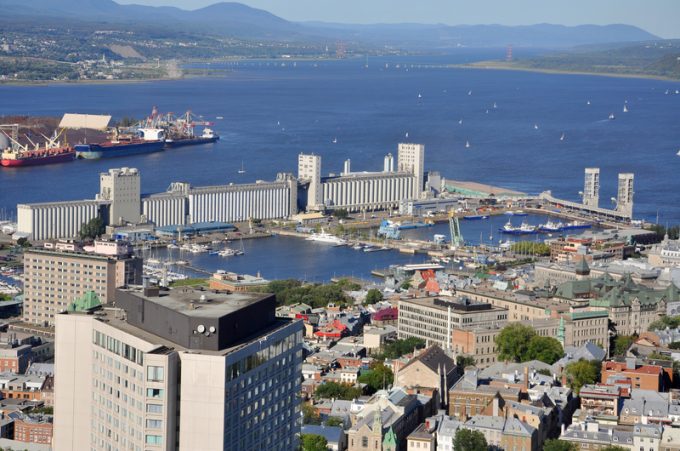Rough seas drive powerless MSC box ship aground on Canadian coast
An MSC containership ran aground in Canada on Saturday, after a loss of power in ...

The port of Quebec is eyeing a role as a container gateway for cargo to Canada and the US Midwest.
It has underscored these ambitions with a joint venture agreement with Hutchison Ports and CN Rail, Canada’s largest rail operator.
The C$775m (US$585.5m) project aims to establish a container terminal at Quebec with an annual capacity of 500,000 teu.
On a 43-acre site, it will be able to handle vessels of more than 8,000 teu, taking advantage of 52ft of depth, which will make it the only ...
Asia-USEC shippers to lose 42% capacity in a surge of blanked sailings
Why ROI is driving a shift to smart reefer containers
USTR fees will lead to 'complete destabilisation' of container shipping alliances
New USTR port fees threaten shipping and global supply chains, says Cosco
Outlook for container shipping 'more uncertain now than at the onset of Covid'
Transpac container service closures mount
DHL Express suspends non-de minimis B2C parcels to US consumers

Comment on this article